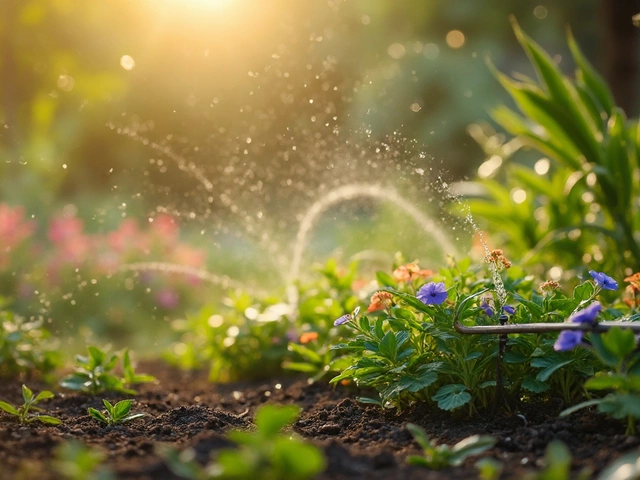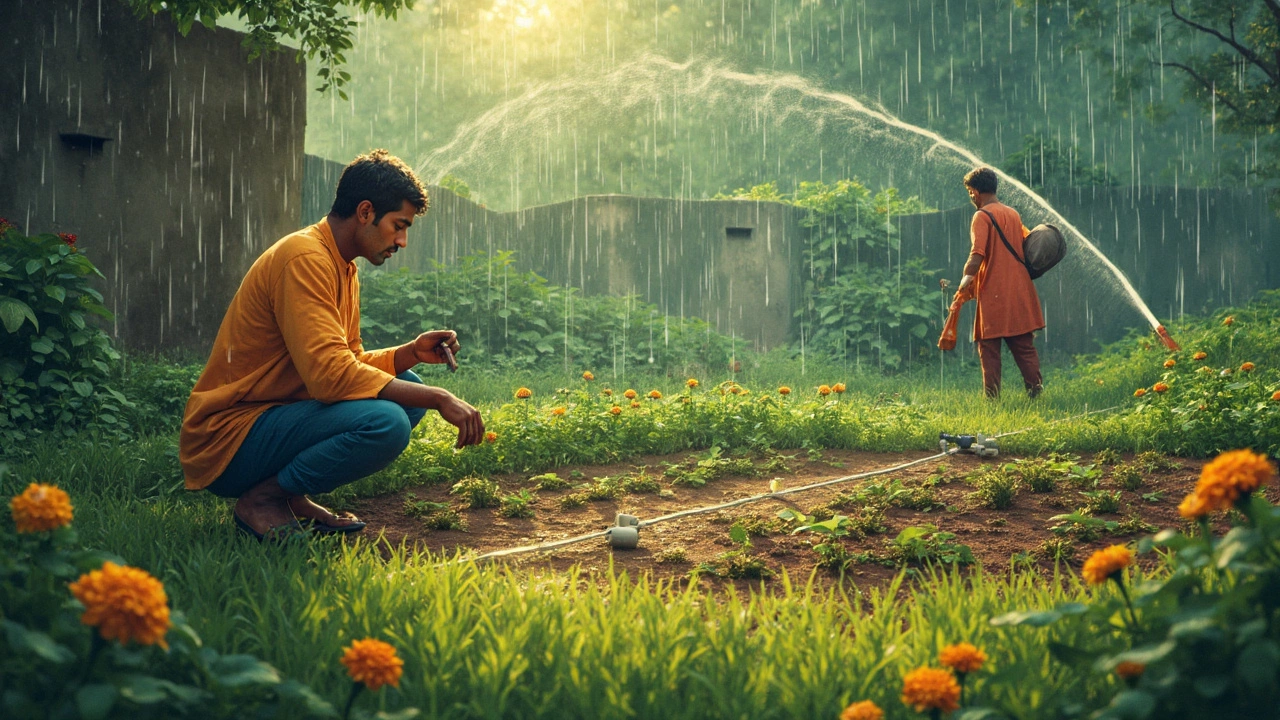Garden Efficiency: Simple Ways to Save Water, Boost Yield, and Reduce Work
Want a garden that gives more with less? You don’t need fancy tools or a massive budget. Small changes in how you water, feed, and care for soil can make a huge difference. Below are the most practical ideas you can start using today.
Water‑Saving Techniques
Drip irrigation is the gold standard for water‑wise gardening. By delivering water directly to the root zone, you cut evaporation and runoff. If you’re wondering why it’s not everywhere, the main hurdle is cost. Look for local suppliers, bulk‑buy supplies, or even repurpose old garden hoses with small emitters to keep the price low.
When installing drip lines, bury them about 2‑3 inches deep. That depth protects the tubing from sunlight and keeps the water close to roots. If you can’t bury them, lay them on the soil surface and cover with mulch to reduce loss.
Choosing between drip tape and drip line depends on your garden size. Drip tape works well for rows of veggies, while drip line suits individual plants or shrubs. Both save water, but tape is cheaper for large beds.
Another quick win is letting tap water sit for a few hours before using it. This lets chlorine evaporate, reducing stress on sensitive plants. A simple 3‑hour wait is enough for most households.
Soil and Plant Management
Heavy, compacted soil is a silent yield killer. Lighten it with organic matter like compost, sand, or even shredded leaves. A thin layer of compost mixed into the top 6‑8 inches improves drainage and root growth.
Companion planting – or sister plants – can boost efficiency too. Pairing nitrogen‑fixing beans with heavy feeders like corn reduces the need for extra fertilizer. It also helps deter pests naturally.
If you love coffee, use it sparingly. Some plants hate coffee grounds, especially those that prefer alkaline soils. Stick to compost or leaf mold for those species.
For indoor growers, the biggest mistake is over‑watering. Check soil moisture with your finger; if the top inch feels dry, water is needed. This simple habit stops root rot and saves water.
Finally, think about seasonal planting. In India, the best months for flower bloom vary by region. Planting species that match the local climate reduces water demand and pest pressure.
Putting these tips together creates a garden that works smarter, not harder. Start with one or two changes, watch the results, and add more as you go. Your garden will thank you with healthier plants, bigger harvests, and a lighter water bill.
Underground Sprinklers: Are They Really Worth the Investment?
Wondering if underground sprinklers are worth the money and hassle? This article cuts through the hype, comparing underground sprinkler benefits with more hands-on drip systems. We’ll look at what setup really takes, water usage, maintenance headaches, and what actually helps your lawn or veggie patch. Get practical advice so you don’t waste time or cash on a system that doesn’t actually fit your needs.
About
Drip Irrigation
Latest Posts
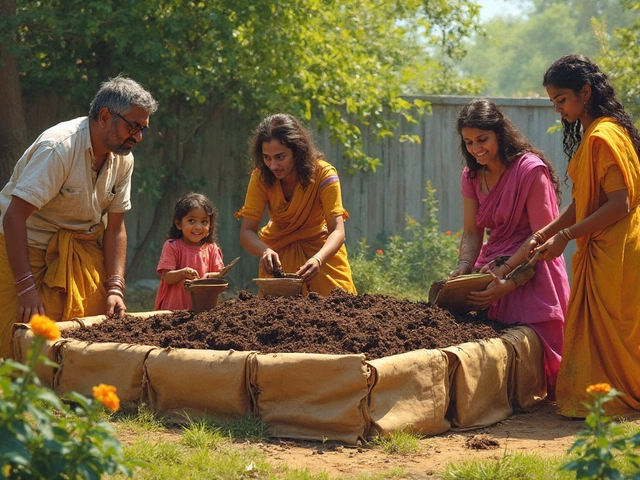
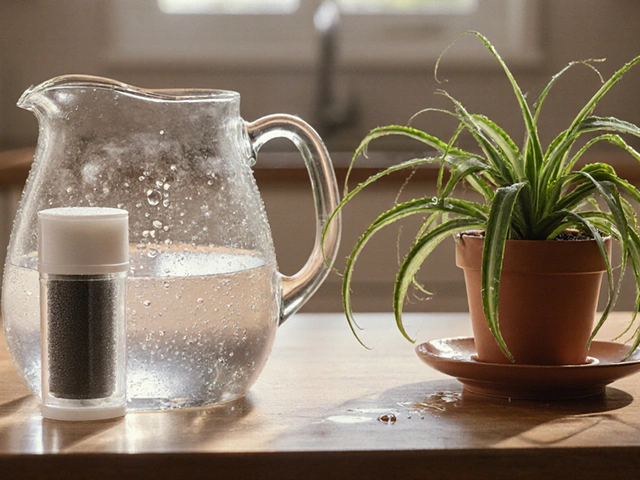
What Is the Best Water for Houseplants? A Practical Guide
By Alden Thorne Oct 16, 2025

Are Potatoes Native to India? Discover the Truth
By Alden Thorne Apr 7, 2025
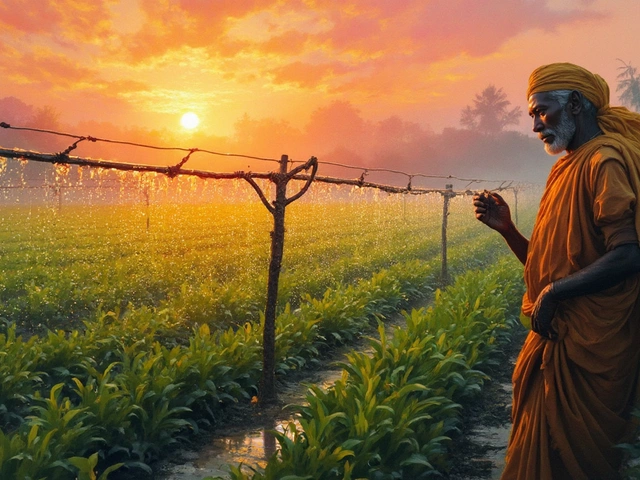
Flushing Your Drip Irrigation System: How Often Should You Do It?
By Alden Thorne Feb 19, 2025
